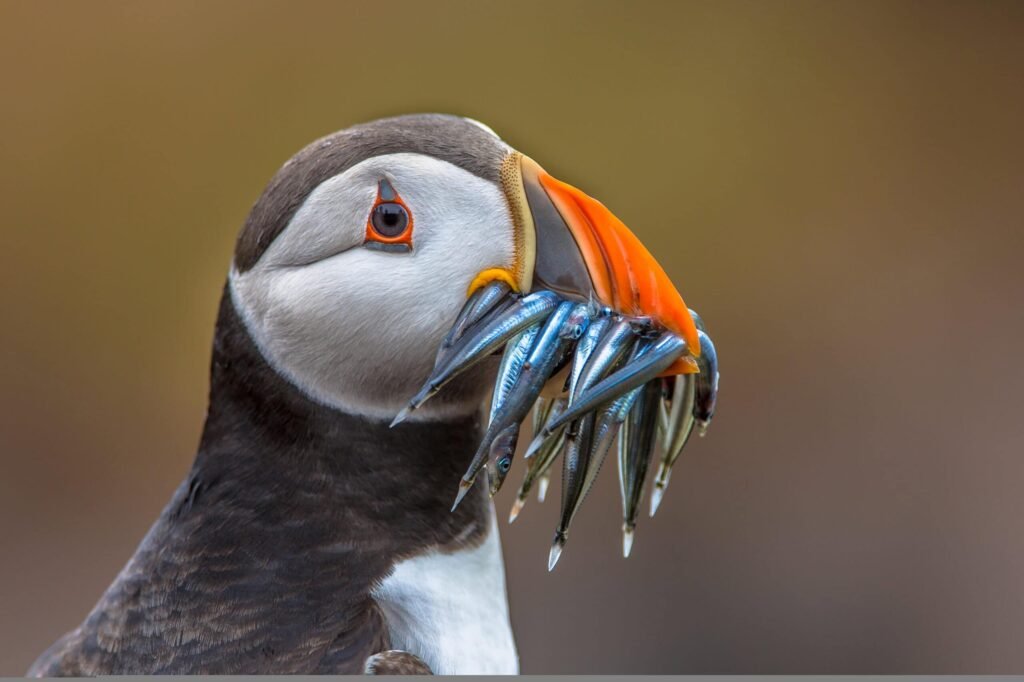On a windswept morning, as the golden sun stretches over the Irish Sea, something magical happens on Skomer Island. Tiny, comical birds with rainbow beaks and earnest eyes appear from their burrows, filling the cliffs with a flurry of wings and the hope of new life. Puffins, with their unmistakable charm and vibrant personalities, have captured the hearts of scientists and nature lovers alike. Their story on Skomer Island is more than just a tale of survival—it’s a fascinating journey into the wonders of evolution, resilience, and the enduring bonds that tie these seabirds to their wild home.
Skomer Island: A Seabird Sanctuary
Skomer Island, perched off the coast of southwestern Wales, is a living paradise for birds. The rugged cliffs and rolling grasslands create a haven for seabirds, with puffins as the star attraction each spring and summer. This tiny island, only about three square kilometers, becomes a bustling metropolis for more than 40,000 puffins every breeding season. Unlike the crowded cities humans build, Skomer’s natural architecture allows puffins to thrive, away from most predators and human disturbance. The air is thick with the calls of guillemots and razorbills, but it’s the puffins’ quirky presence that steals the show. Each year, researchers and wildlife watchers flock to Skomer, hoping to catch a glimpse of these delightful birds.
The Iconic Puffin Beak: More Than Just a Pretty Face
Puffin beaks are one of nature’s greatest masterpieces. Their bold orange, yellow, and blue stripes glow brightest during the breeding season, like a neon sign saying, “I’m ready to impress!” But this beak is more than just showy decoration. Scientists have discovered that the puffin’s beak is a multipurpose tool, perfect for carrying strings of silvery fish to hungry chicks or digging into the tough earth to shape a burrow. Recent research even suggests that the bright colors may be a sign of good health, signaling a puffin’s fitness to potential mates. When the season ends, the outer layers of the beak are shed, revealing a more muted look for winter. This seasonal transformation is a reminder of how tightly puffins are woven into the rhythms of their island life.
Life Underground: The Secret World of Puffin Burrows
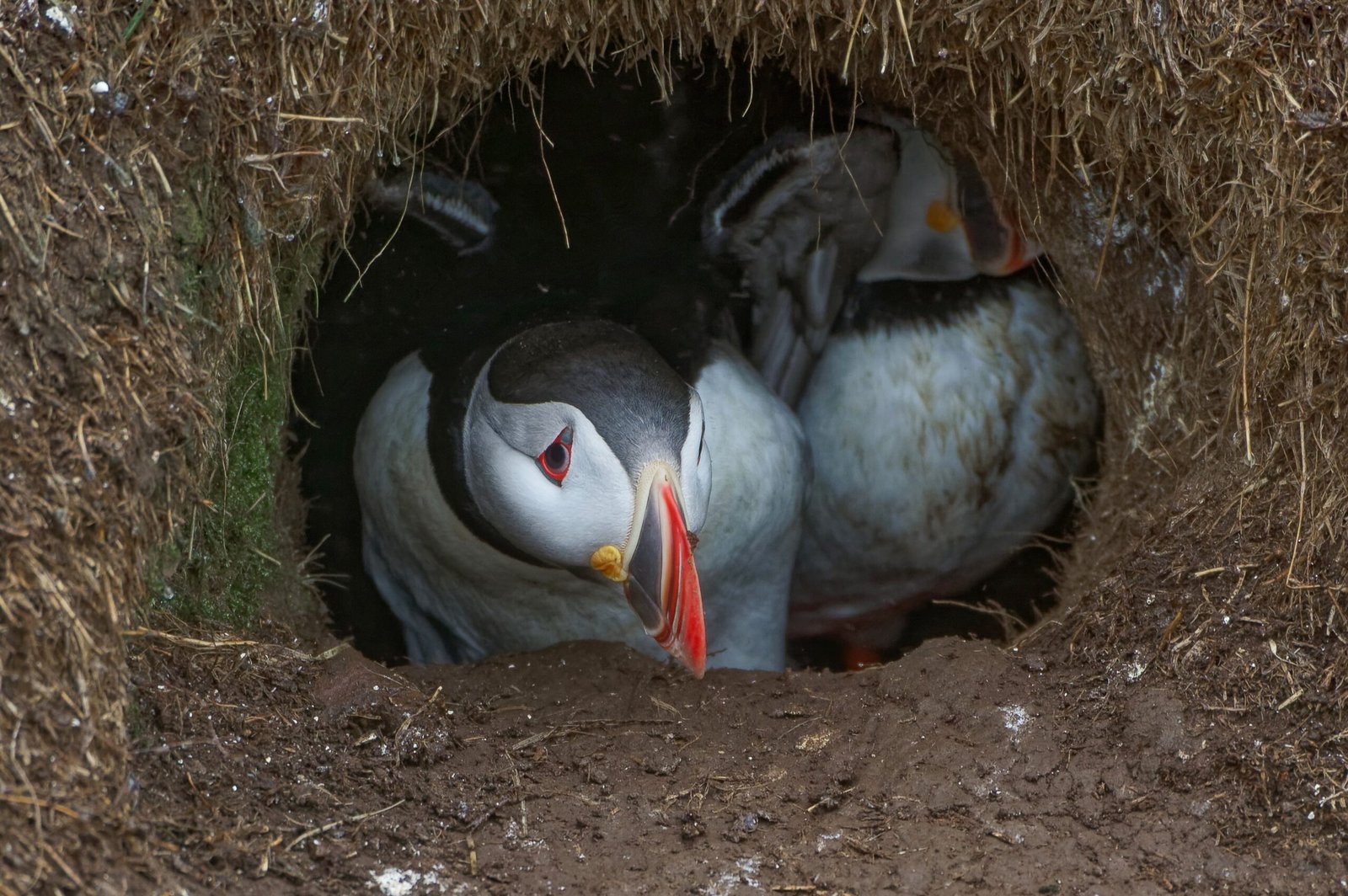
Most people imagine birds building nests in trees, but Skomer’s puffins are master excavators. Each pair digs a tunnel deep into the island’s soft soil—sometimes up to a meter long—creating cozy chambers hidden from predators like gulls. Inside, the burrow is lined with grass and feathers, a snug nursery for a single egg. These underground homes offer protection from the harsh coastal winds and provide just the right temperature for a puffling (as baby puffins are adorably called) to grow. The darkness and safety of the burrow are crucial, as the tiny chick spends its first weeks completely out of sight, waiting for its parents to return with food.
Courtship and Mating: The Dance of Puffin Pairing
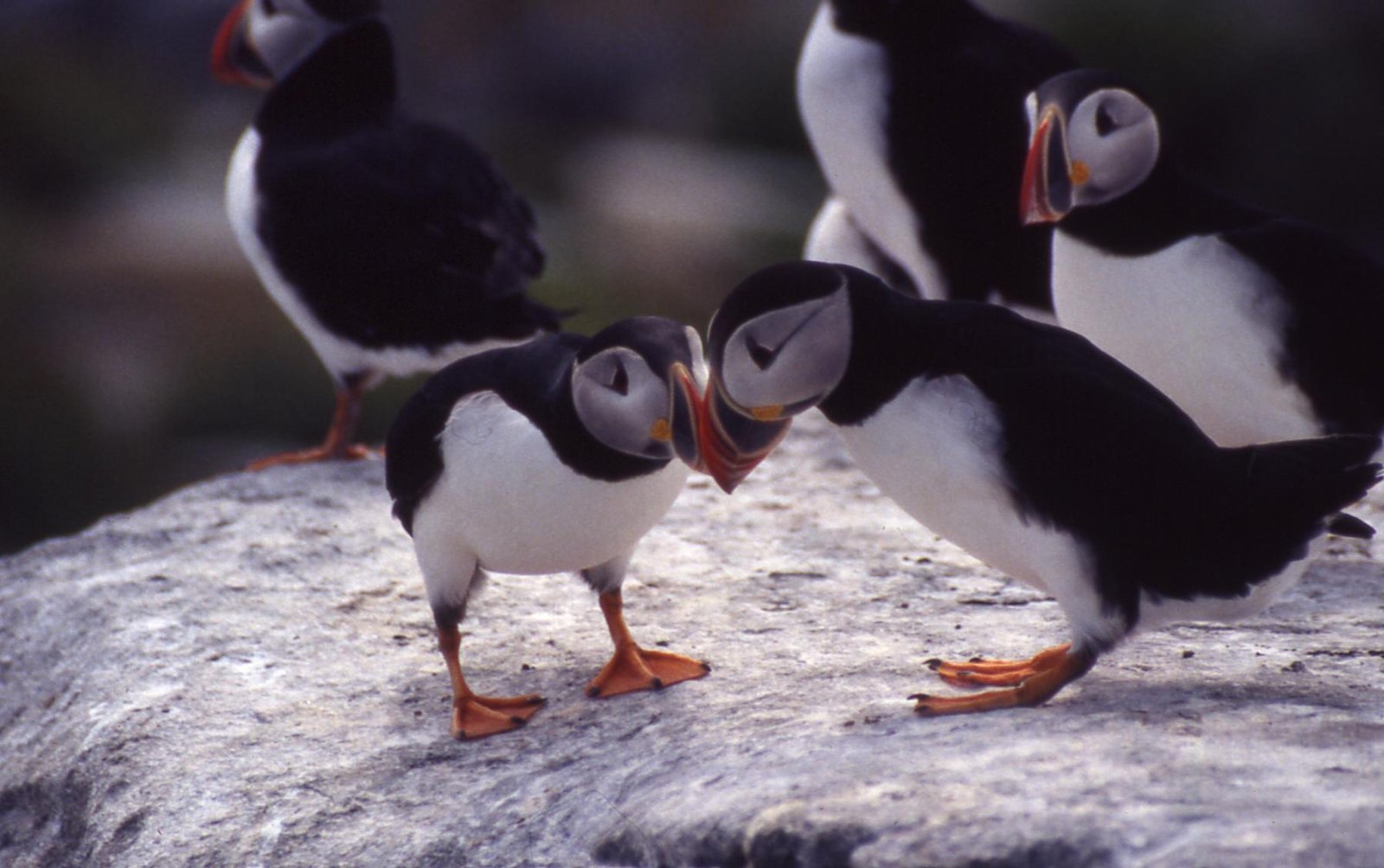
Puffin romance is both charming and surprisingly complex. Courtship begins with gentle billing, where two birds rub their beaks together in a delicate duel. This not only strengthens the pair’s bond but also shows off the health and color of their beaks. Puffins are mostly monogamous, often returning to the same mate and the same burrow year after year. These faithful reunions are a marvel of nature, with pairs recognizing each other among thousands of birds. Scientists believe that vocalizations, body language, and even subtle scents help puffins find their partner in the noisy, crowded colony. The loyalty between puffin pairs is legendary, inspiring countless stories and studies.
The Science of Seabird Loyalty
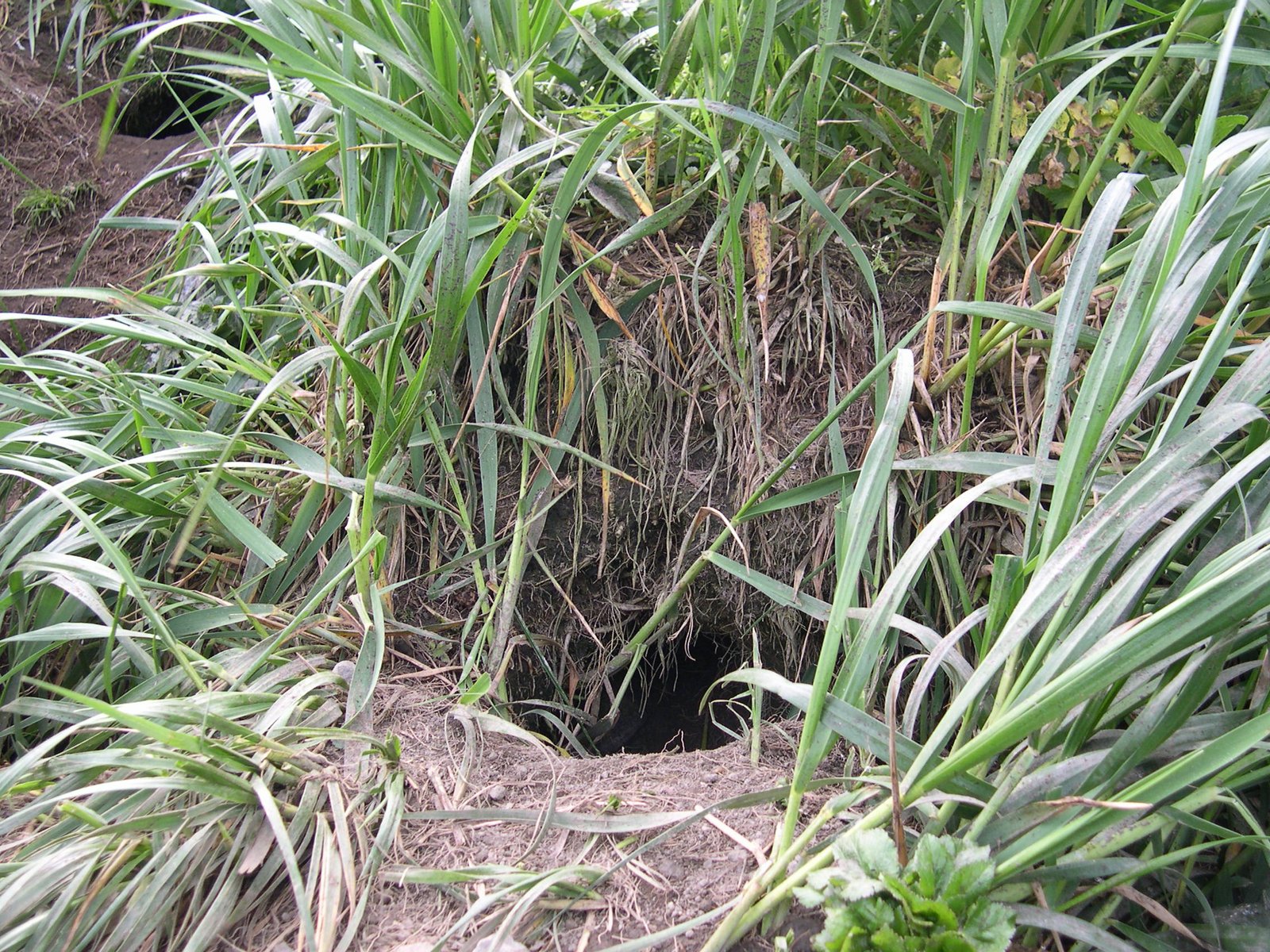
Seabird loyalty isn’t just a sentimental idea—it’s a scientifically fascinating phenomenon. Puffins are known for their “site fidelity,” meaning they return to the very same burrow, sometimes for decades. This loyalty reduces the stress and danger of searching for a new nest site each spring. Researchers have found that pairs with strong site fidelity tend to have higher breeding success, as they waste less time and energy on settling in. DNA studies even suggest that some pairs can remain together for up to 20 years, an impressive feat for such small, vulnerable birds. This unwavering faithfulness is rare in the animal kingdom and sets puffins apart from many other seabirds.
Puffin Parenting: Raising a Puffling
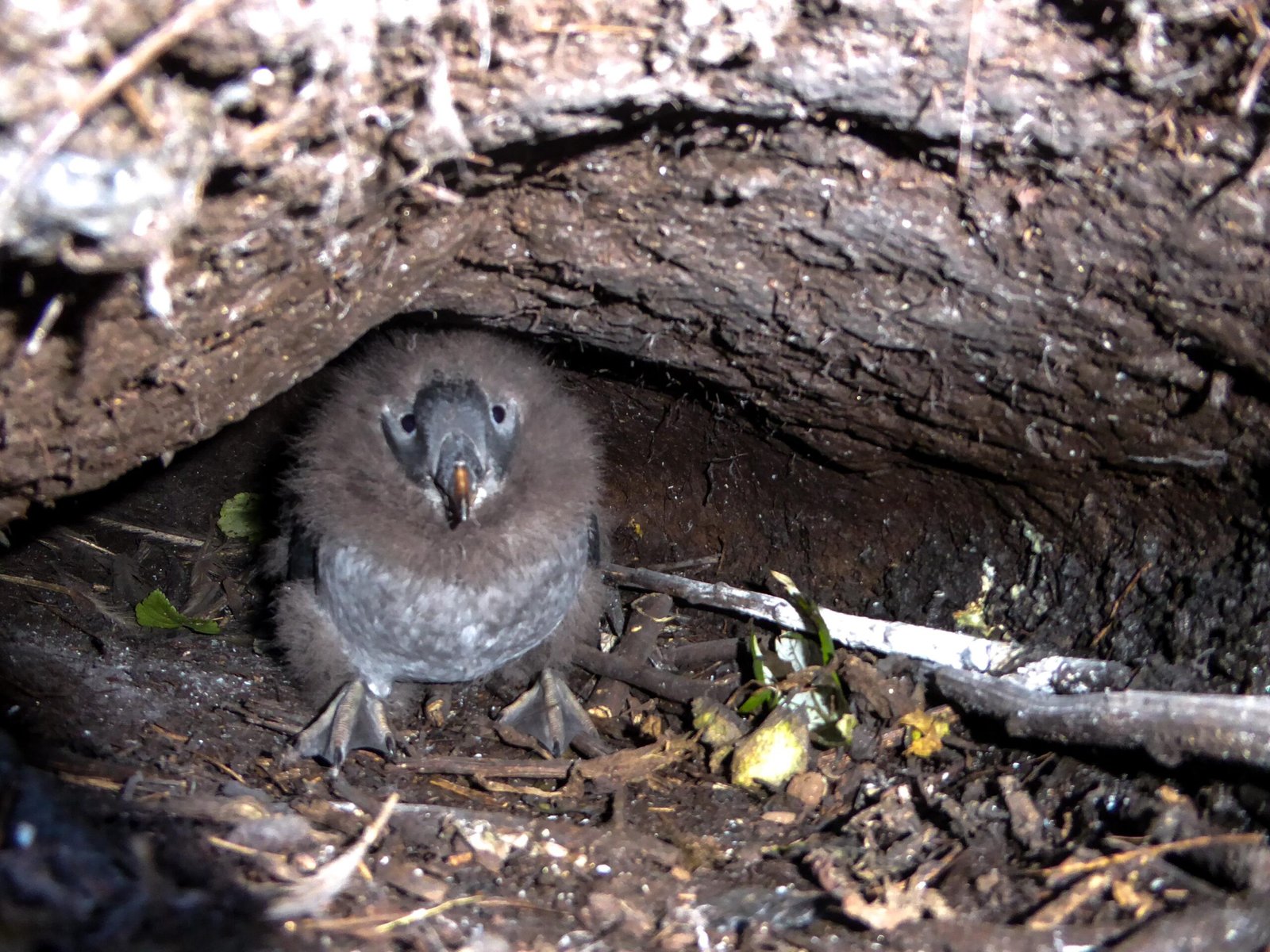
Once the egg is laid, both parents share the demanding job of incubation and feeding. Puffins are attentive and dutiful, taking turns guarding the burrow and flying out to sea for food. Their devotion is touching—one parent will brave stormy waves and hungry gulls to gather fish, while the other keeps the chick warm and safe. Chicks, or pufflings, grow quickly on a diet of sand eels and sprats. By the time they’re ready to fledge, the puffling has developed the waterproof feathers and energy reserves needed for its first daring flight out to sea. The coordinated teamwork of puffin parents ensures that their single chick has the best start in life.
The Great Puffin Commute: Fishing and Foraging

For puffins, feeding their chick means making countless trips between the burrow and the open sea. These journeys can cover many kilometers, often under the threat of predatory gulls waiting to snatch an easy meal. Puffins are expert divers, using their wings to “fly” underwater and chase down schools of fish. A single foraging trip can result in a beak stuffed with up to a dozen fish, lined up neatly like a living grocery list. Researchers have marveled at the puffin’s ability to hold multiple fish without dropping any—thanks to a specialized hinge in their jaws that locks fish in place. This clever adaptation makes them some of the most efficient seabird hunters on Skomer.
Colorful Characters: Puffin Personalities Revealed
Spend a day on Skomer, and you’ll quickly notice that no two puffins are exactly alike. Some are bold and brash, waddling fearlessly among visitors, while others are shy and cautious, dashing for cover at the slightest sound. Scientists studying puffins have begun to recognize individual personalities, from the persistent diggers to the curious explorers. These traits don’t just make puffins endearing—they may also influence their survival. Bold puffins might find better nesting spots, while cautious ones avoid dangerous confrontations. The diversity of puffin personalities adds another layer of wonder to their island society.
Puffin Communication: Calls, Signals, and Displays
Puffins may look quiet and reserved, but they are surprisingly expressive. Their calls range from gentle growls to sharp squawks, each serving a purpose in the busy colony. Beak tapping, bowing, and wing flapping are all part of the puffin’s social toolkit. These displays help puffins defend their territory, warn off rivals, or attract a mate. Researchers have even observed puffins using their body language to negotiate burrow boundaries with neighbors. Understanding these subtle communications is unlocking new secrets about puffin society and the importance of social bonds in seabird colonies.
Predators and Threats: Surviving on the Edge
Life on Skomer isn’t all sunshine and fish. Puffins face a gauntlet of threats, from predatory gulls and invasive rats to shifting weather and food shortages. The burrow offers some protection, but aerial attacks from larger birds are a constant danger. Climate change poses new challenges, as rising sea temperatures can reduce the availability of the small fish puffins rely on. Despite these obstacles, Skomer’s puffins show astonishing resilience. Their ability to adapt, relocate burrows, and change foraging strategies is a testament to their survival instincts.
Counting Puffins: The Science of Monitoring
Keeping track of Skomer’s puffin population is no easy feat. Every spring, teams of researchers and volunteers use a mix of traditional counting, camera traps, and even drones to estimate numbers. These efforts are vital for understanding long-term trends and spotting warning signs of decline. Scientists carefully record nesting success, chick survival, and changes in burrow locations. Over the past decade, Skomer’s puffin numbers have shown hopeful signs of recovery, thanks in part to conservation efforts. Each count is a snapshot of the island’s health, guiding the actions needed to protect these beloved birds.
Climate Change and the Future of Puffins
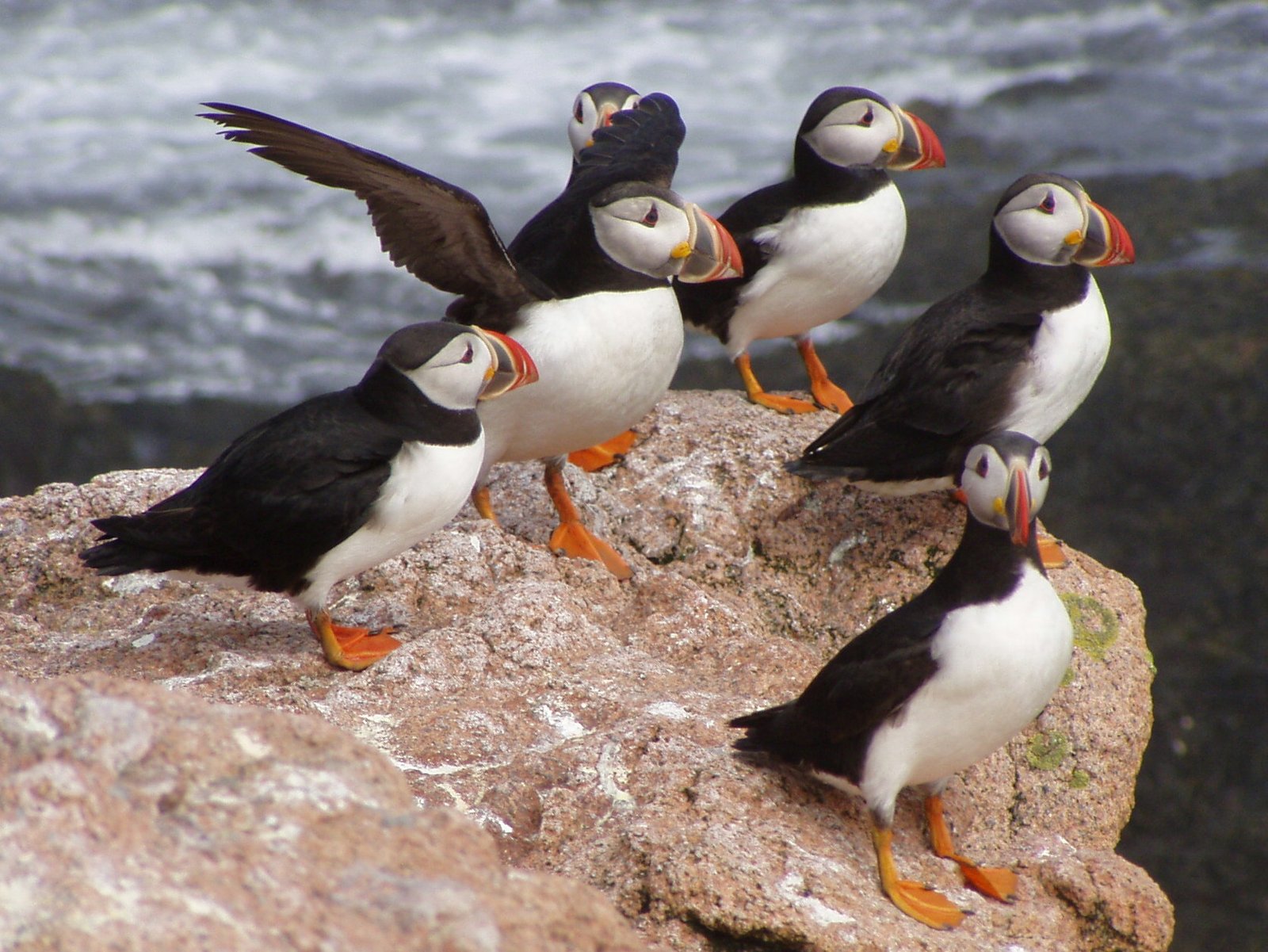
The shadow of climate change looms over Skomer’s puffins. As ocean currents shift and fish populations move, puffins must travel farther and work harder to find food. Hotter summers and stormier seas can flood burrows or wash away eggs. Scientists are racing to understand how these changes will impact puffins in the decades to come. Some studies suggest that more flexible puffins, willing to switch prey or nesting sites, may fare better. The fate of puffins is closely linked to the health of their marine environment, making their story a powerful symbol of the challenges facing seabirds worldwide.
Conservation Success Stories: Puffins on the Rise
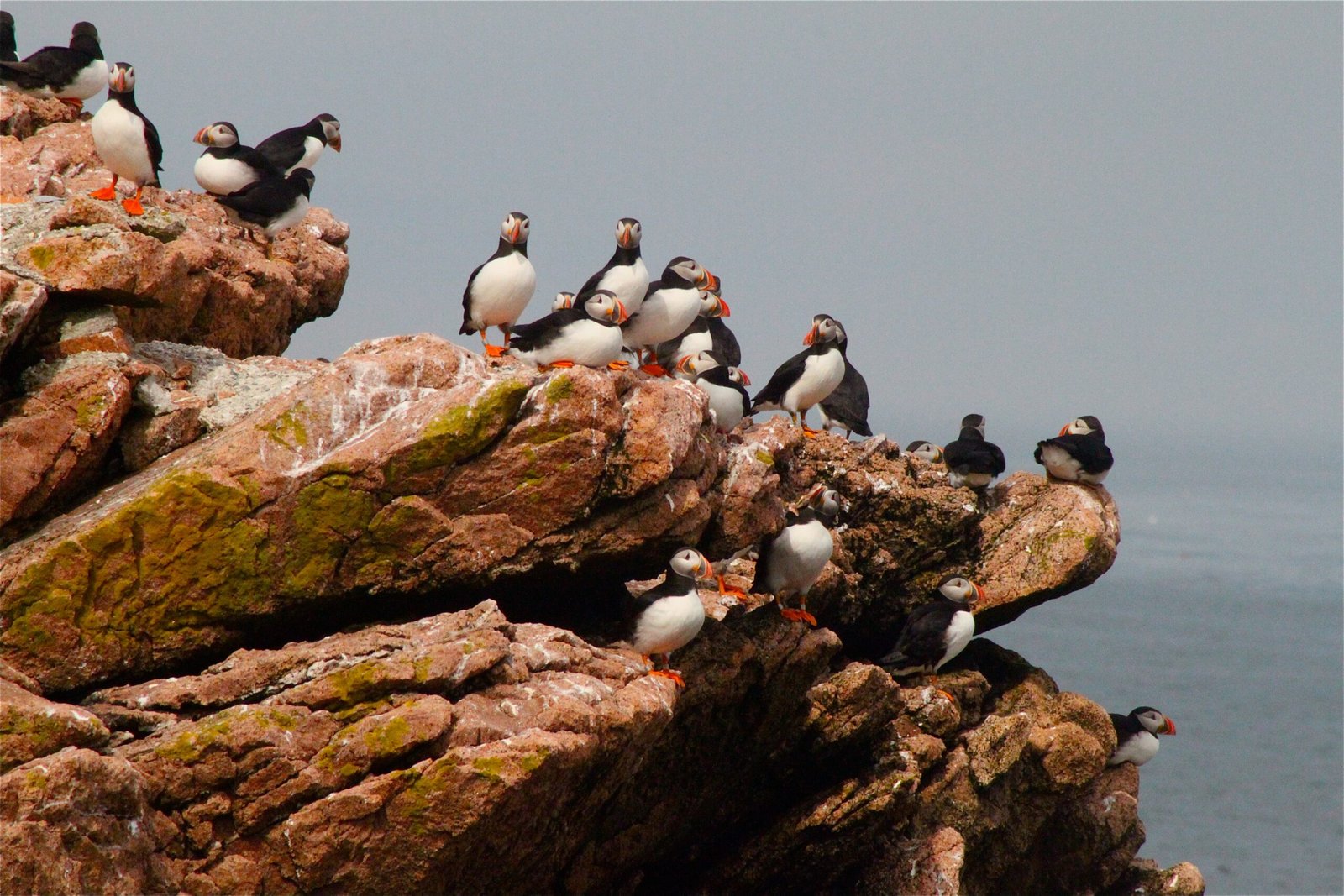
Not all news is grim—there are reasons for hope on Skomer Island. Conservation programs have successfully removed invasive rats, restored habitats, and limited human disturbance during critical breeding times. Educational campaigns encourage visitors to respect puffin nesting areas and reduce pollution. These efforts have paid off, with puffin numbers slowly rebounding in recent years. The story of Skomer’s puffins is proof that, with care and commitment, people can make a real difference for wildlife. Each returning puffin is a small victory in the larger fight to protect our planet’s biodiversity.
Eco-Tourism: Watching Without Disturbing
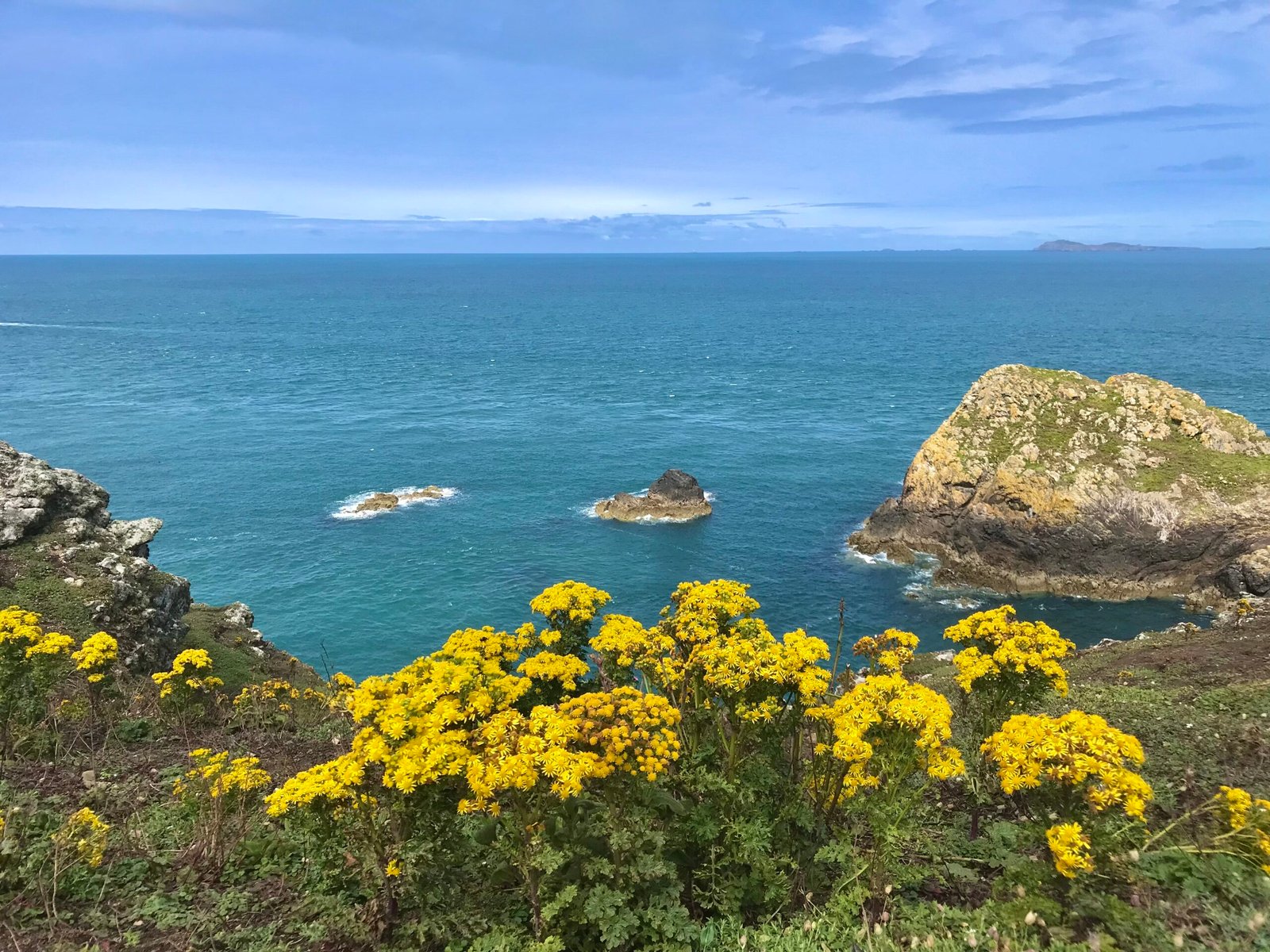
Skomer Island has become a hotspot for wildlife tourism, drawing thousands of visitors eager to witness puffins up close. But with popularity comes responsibility. Strict limits on visitor numbers, guided tours, and well-marked paths help minimize disturbance to the birds. Visitors are encouraged to watch quietly, avoiding sudden movements or loud noises. Many leave the island with a newfound respect for nature and a deeper connection to the animals they’ve encountered. Responsible tourism ensures that puffins and people can share Skomer’s beauty for generations to come.
Citizen Science: Ordinary People, Extraordinary Impact
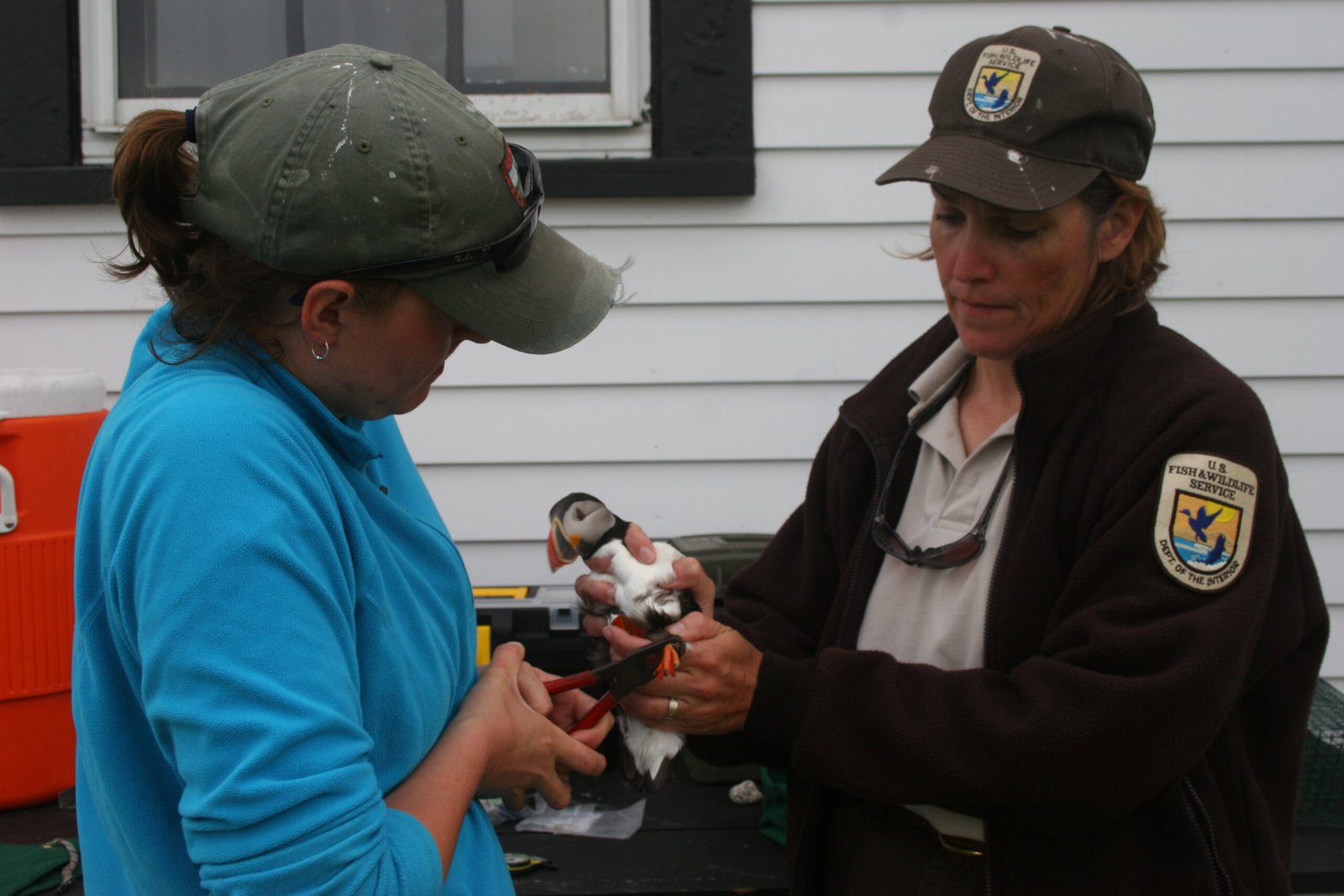
Anyone can play a part in puffin conservation. Citizen science projects invite visitors and enthusiasts to record puffin sightings, monitor burrow activity, or clean up plastic waste on beaches. Smartphone apps and online platforms make it easier than ever to share data with scientists. These small acts, multiplied across thousands of people, have a real impact on research and conservation. By getting involved, ordinary citizens become stewards of Skomer’s wildlife, proving that everyone can contribute to the future of these remarkable birds.
Lessons from Puffins: What These Birds Teach Us
Skomer’s puffins are more than just a quirky attraction—they are teachers, showing us the value of loyalty, resilience, and adaptation in a changing world. Their life cycles remind us of the delicate balance between land and sea, predator and prey, tradition and change. Watching a puffin return to the same burrow year after year is a lesson in hope and steadfastness. Their story encourages us to cherish the wild places and communities that make our world richer. In caring for puffins, we learn to care for the broader web of life that sustains us all.
Reflections on a Feathered Future
As the sun sets on Skomer Island, the silhouettes of puffins can be seen perched on the cliffs, gazing out at the endless sea. Their journey is a testament to the beauty and fragility of nature—a reminder of what’s at stake in the fight to protect our living planet. The story of the puffins of Skomer Island is one of wonder, resilience, and the deep connections that bind us all to the wild. Will these colorful seabirds continue to thrive, or will their calls fade from the cliffs? The answer depends on the choices we make today.

